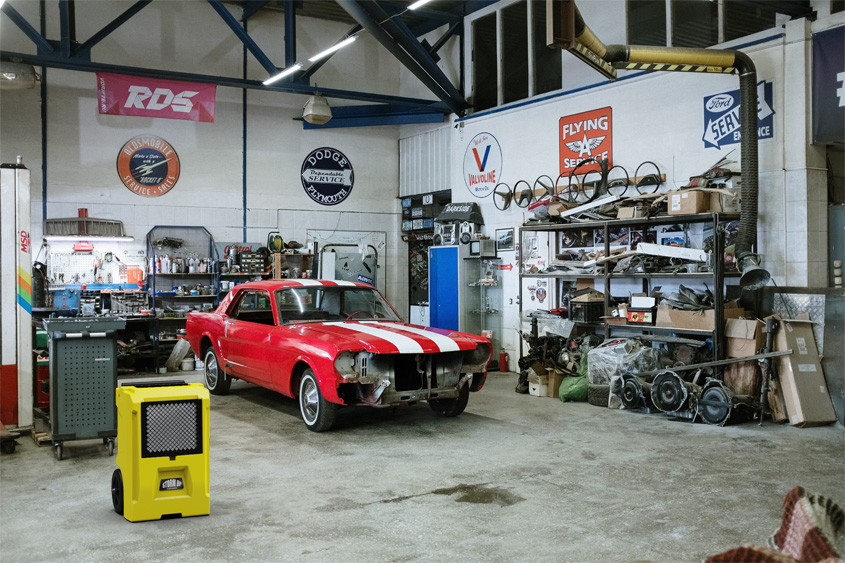Garages are versatile spaces that serve many purposes, from parking vehicles to storing items and even serving as workshops. However, garages are also prone to high humidity levels, which can lead to a range of problems such as condensation, mold growth, rust and unpleasant musty odors. To solve these problems, using a dehumidifier is a practical solution. This post will discuss the importance of controlling dampness in your garage and provide insight into placing dehumidifiers for maximum efficiency.
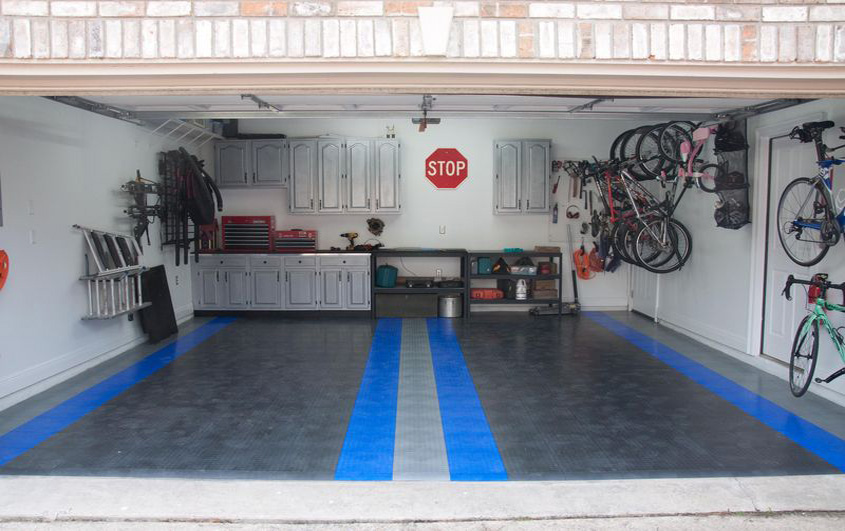
Why use a dehumidifier in a garage?
1. Poorly insulated garages are typically colder environments. And, as the weather outside fluctuates, the temperature and humidity inside change as well, The humidity increases gradually with the climate.
2. Lack of insulation is not the only reason for rising moisture levels. Cars entering and leaving the garage bring in rain and snow, causing an increase in relative humidity.
3. Garages are generally located underground, in shaded areas, below ground level, or where water vapor may easily seep in. Water may enter the garage in flood-prone areas. If you experience groundwater seepage, heavy rainfall, etc. Inadequate drainage systems can cause water to enter the garage.
The Adverse Effects of High Humidity in the Garage?
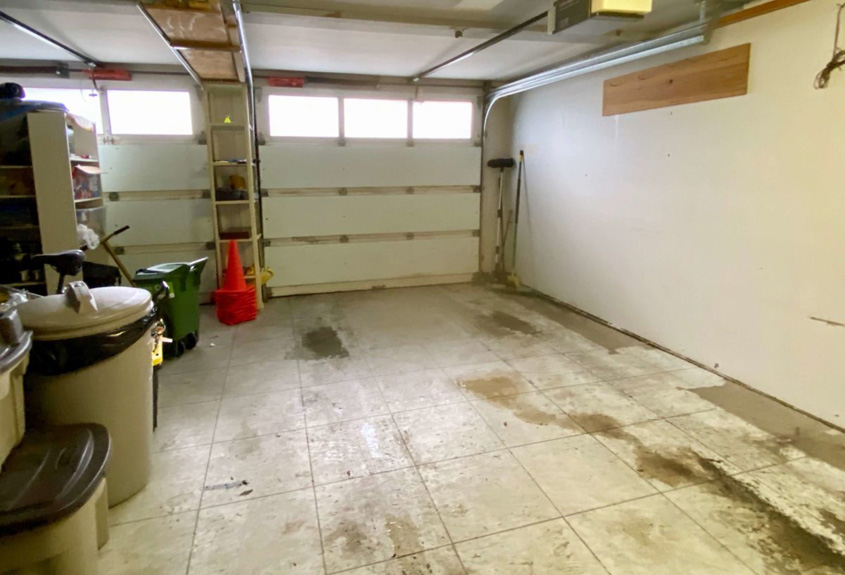
1. High humidity levels can accelerate the corrosion process, especially on the exterior and undercarriage of vehicles. Moisture in the air can cause metal components, such as the body, chassis, suspension and exhaust system, to rust and deteriorate over time. Corrosion weakens the structural integrity of the vehicle and can lead to costly repairs and even render the vehicle unsafe to drive.
2. Humid air can seep into a vehicle’s electrical system. It can cause corrosion of electrical connections, wires and components, leading to electrical failures and system malfunctions. It has an impact on the vehicle’s lights, sensors, ignition system and other electrical components.
3. An excessive amount of humidity in the garage might encourage the growth of mold and mildew inside the car. Particularly in damp locations like carpets, seats, and trunks. Not only does mold give off a musty odor, but it can also cause damage to interior materials and affect the quality of the air inside the car.
4. Excessive moisture can cause mechanical problems, such as instrument panel components filling with water vapor. The display does not light up and when moisture enters the brake system, it may cause corrosion or reduce braking performance, very dangerous. It can be challenging to remove moisture and restore affected surfaces to their original condition.
By using a garage dehumidifier, you can create a more controlled environment that will help protect your car and maintain a healthier space. Dehumidifiers are designed to remove moisture from the air, reduce humidity and prevent problems associated with excess humidity. AlorAir compressor dehumidifier works by pulling air and passing it through a cold coil. This condenses the water vapor in the air into liquid water, which is then collected in trays or buckets.
What are some factors to consider when placing a dehumidifier in a garage?
1. Garage Size and Layout
One of the main factors to consider when placing a dehumidifier in a garage is its size and layout. Different dehumidifiers are designed to handle specific square feet, so it’s important to choose a dehumidifier that fits the size of your garage. In addition, consider the layout and airflow patterns of your garage. Put a dehumidifier in an area with free air circulation will remove humidity more effectively.
2. Potential Sources of Moisture
Identifying potential sources of moisture in the garage is critical to effective dehumidifier placement. Environmental factors such as wet vehicles, water leaks or high rainfall can all contribute to increased humidity. It is recommended that dehumidifiers be placed near these moisture sources to get to the root of the problem. By doing this, the moisture levels may be reduced more efficiently and will prevent damage from occurring.
3. Accessibility and Safety Considerations
Accessibility and safety are key considerations when deciding where to put a dehumidifier. Make sure the dehumidifier can be easily accessed to perform maintenance tasks, such as emptying the water tank or cleaning the filter. Also, keep in mind any potential safety hazards in your garage. It is important to place the dehumidifier away from flammable materials or other potential hazards to avoid accidents.
4. Ventilation Conditions
To maximize the efficiency of your dehumidifier, be sure to place it in a well-ventilated area. Proper air circulation will allow the dehumidifier to extract moisture from the air more efficiently. To facilitate air exchange and further regulate humidity, consider using fans or opening Windows and doors.
What are some misconceptions about placing a dehumidifier in a garage?
1. Direct Sunlight
Dehumidifiers work best when placed in a cool, shaded area. If possible, please don’t place the unit in direct sunlight. Sunlight causes warm air to surround the dehumidifier, which reduces the dehumidifier’s effectiveness in removing moisture from the air.
2. Near an Electrical Outlet
Make sure you place the dehumidifier near a power outlet so you can plug it in easily. Dehumidifiers usually need to be plugged in at all times in order to work properly.
3. Neglect Regular Maintenance and Cleaning
Over time, dust, dirt and debris can accumulate on the dehumidifier’s filters and coils, blocking airflow and reducing operating efficiency. Proper cleaning and maintenance will also help extend the life of the dehumidifier.
By following these tips, you can choose the best place for your dehumidifier in your garage to effectively remove moisture from the air and prevent condensation on the garage floor.
What features should a garage dehumidifier have?
1. Timer
A timer allows you to set specific times to turn the unit on and off, eliminating the need for manual intervention and saving you time. You can also set it to turn on when power consumption is low, saving on your electricity bill according to the electricity price at different times of the day.
2. Portable Design
The portability of the dehumidifier is very important to make it easy for you to move the location in the garage and target the area for precise dehumidification. In addition, you can put it in the basement or attic when the humidity in the garage is safe.
3. Drainage Hose
Dehumidifiers with a drain hose tend to drain automatically, which means you don’t have to keep an eye on the bucket from time to time and empty it yourself. Continuous drainage by gravity or a condensate pump, that provides uninterrupted humidity control.
4. Low-temperature Operation
Garages can experience temperature extremes, especially in winter, as most dehumidifiers can operate at around 40 degrees Celsius, but cold temperatures are likely to be a challenge.
What other ways are there to control garage humidity?
1. While any garage can have air leaks, it is also highly beneficial to inspect the garage walls, windows and doors for cracks, crevices, or openings and seal them. This will prevent moisture from entering the garage and create a more controlled environment. Proper insulation plays an important role in controlling humidity and minimizing temperature fluctuations in the garage.
2. To effectively control the humidity in your garage, it’s important to monitor the humidity regularly. A hygrometer is a device that measures and displays the moisture content of the air. Place the hygrometer in different locations in the garage to get accurate readings. By monitoring the humidity level, you can identify noticeable fluctuations or problematic areas. Based on this information, you can adjust the setting or placement of the dehumidifier accordingly to ensure optimal humidity control in your garage.
3. Humidity is usually closely related to temperature fluctuations. To help control humidity, you should insulate your garage well. Install a vapor barrier to keep the temperature in the garage constant and reduce the effects of outside humidity. Insulate garage ceiling and walls to reduce heat transfer and temperature fluctuations. This helps to avoid condensation and excess moisture caused by the temperature difference between the garage and its surroundings.
4. Proper ventilation is critical to maintaining optimal moisture levels in the garage. Proper ventilation helps to exchange damp air with fresh outside air and reduces moisture buildup. Open garage door and windows when weather permits to promote air circulation. This allows fresh air to enter the garage and helps remove the moist air. Installing ventilation fans or blinds can also improve natural ventilation.
Conclusions
Controlling the humidity in your garage is critical to protecting your belongings and maintaining a healthier space. By strategically placing dehumidifiers, you can effectively address humidity, condensation, mold growth and other problems associated with humidity. Consider the size and layout of your garage, identify potential sources of moisture, ensure accessibility and safety, and place dehumidifiers in areas that can target excess humidity and provide adequate ventilation. Don’t forget to regularly maintain your dehumidifier to keep it working at its best. By following these steps, you can create a more comfortable, moisture-proof environment in your garage.







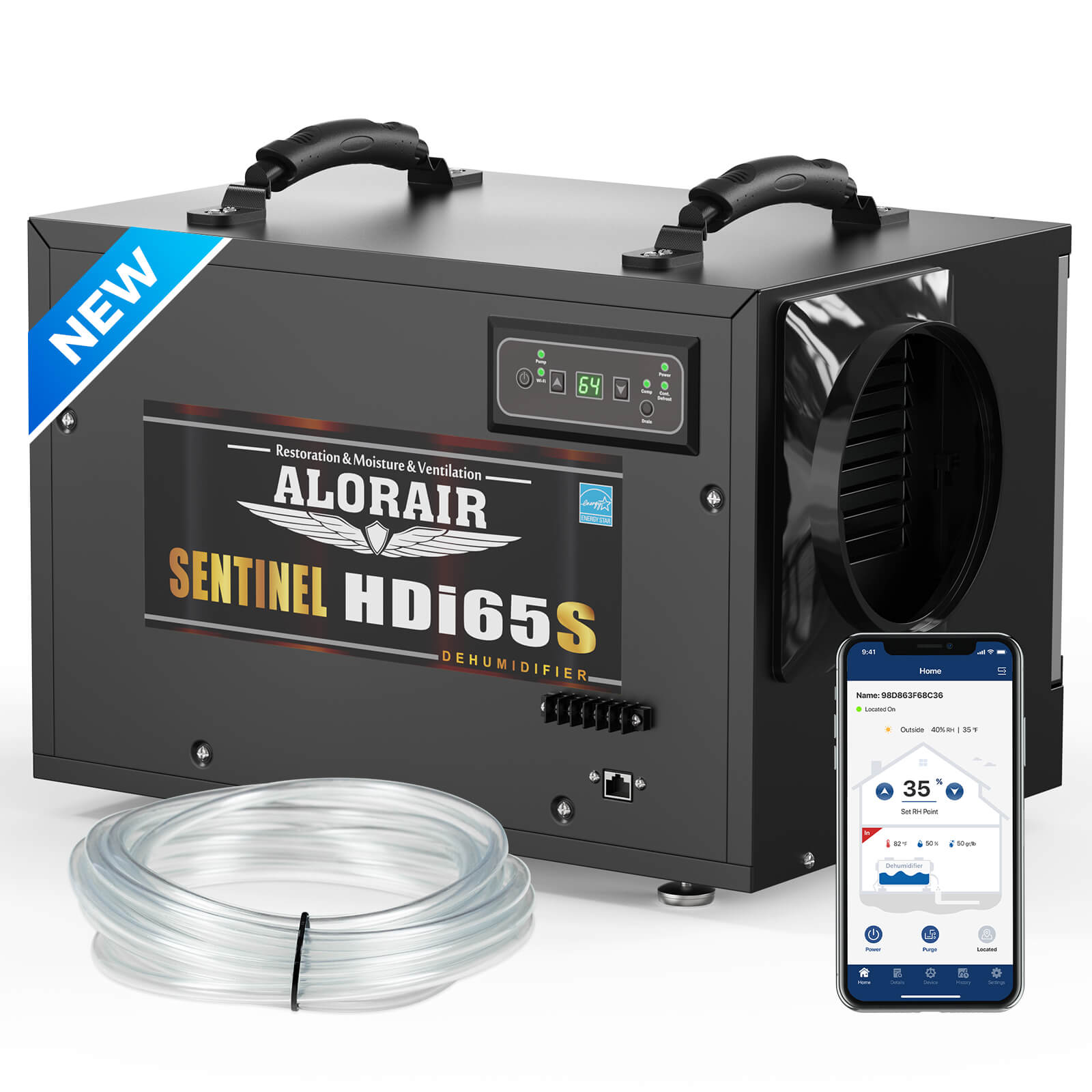
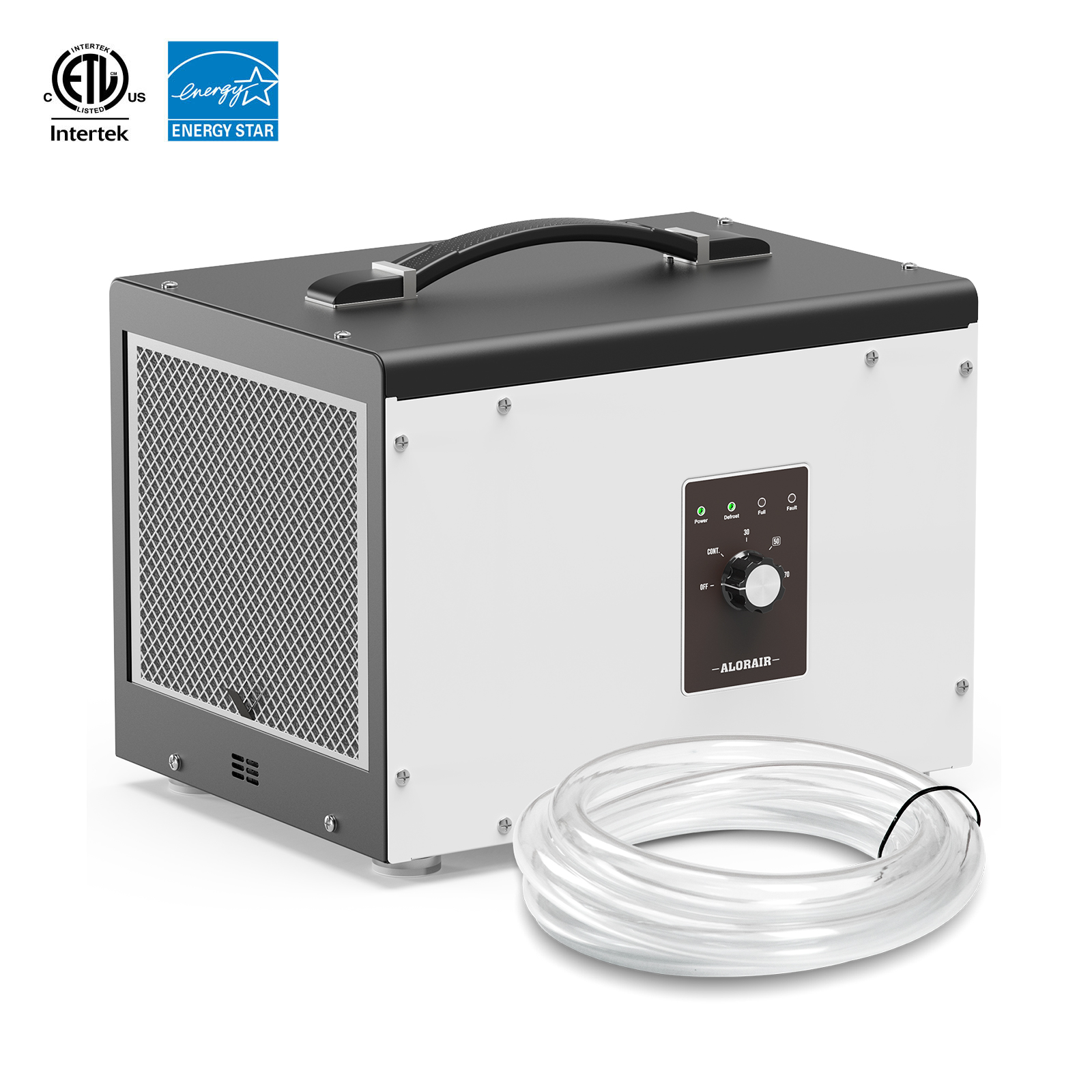
.jpg)
.jpg)

.jpg)

.HDi90.png)
.HD90.png)



.jpg)
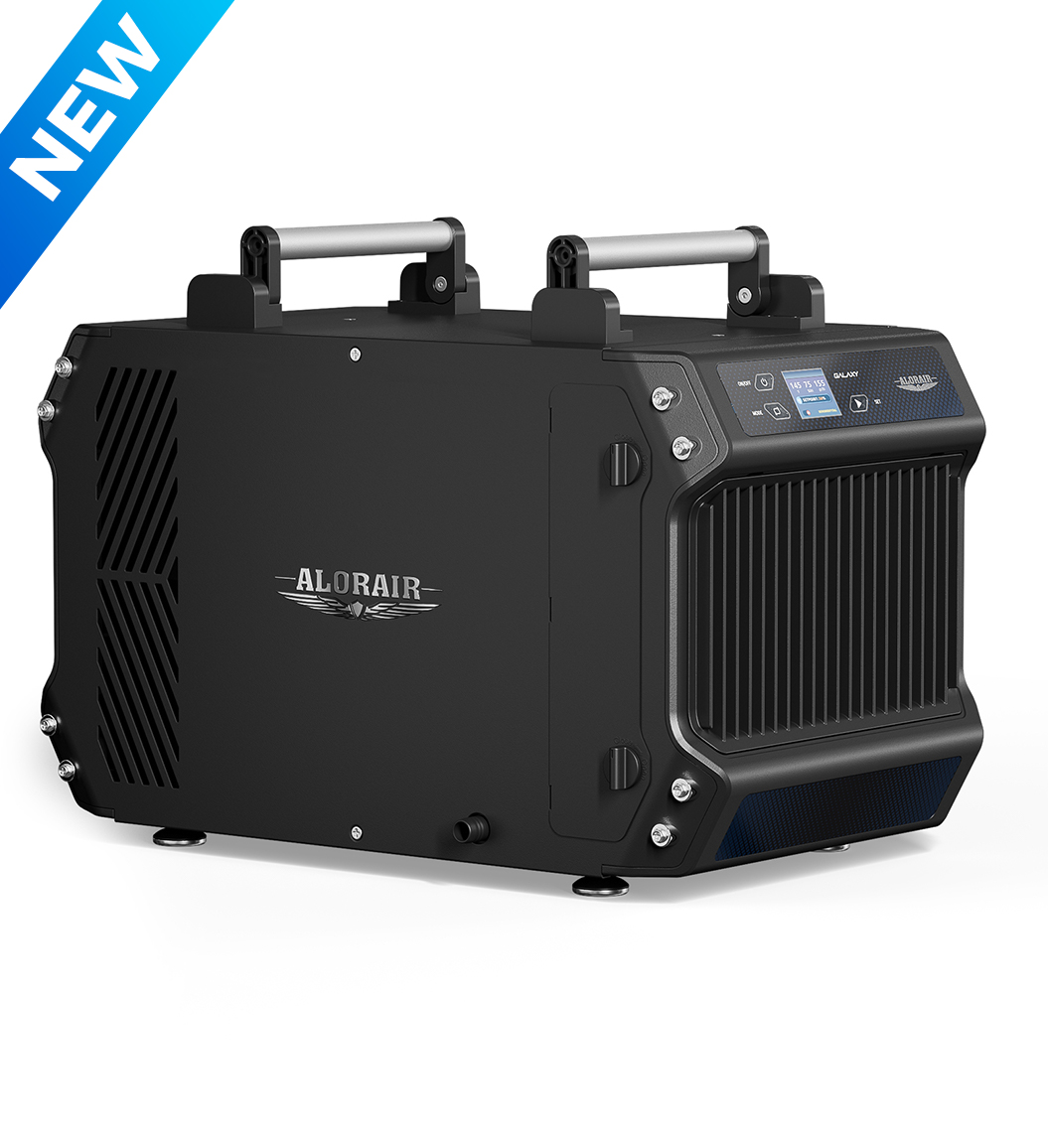
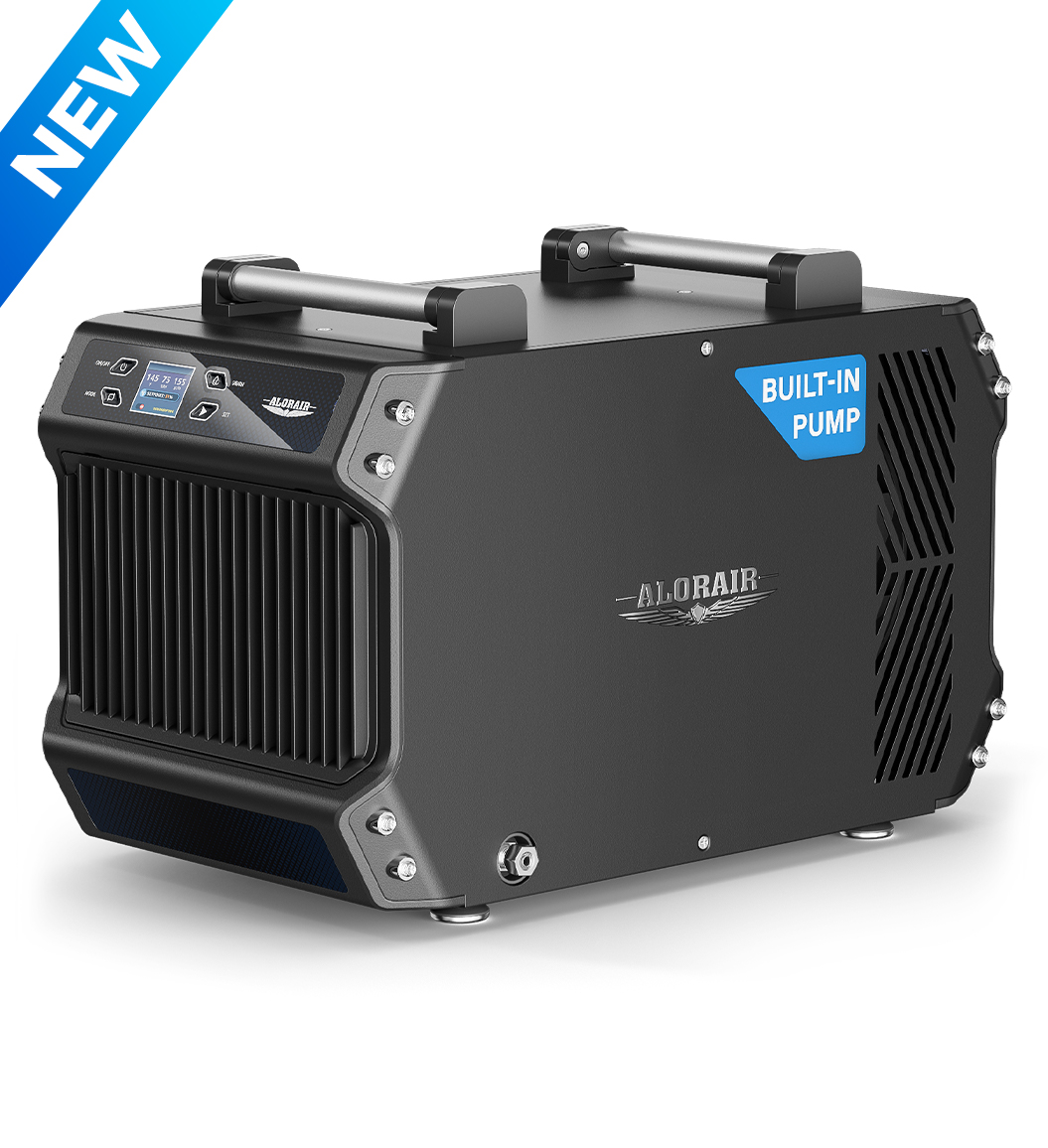




.jpg)
.jpg)
.jpg)
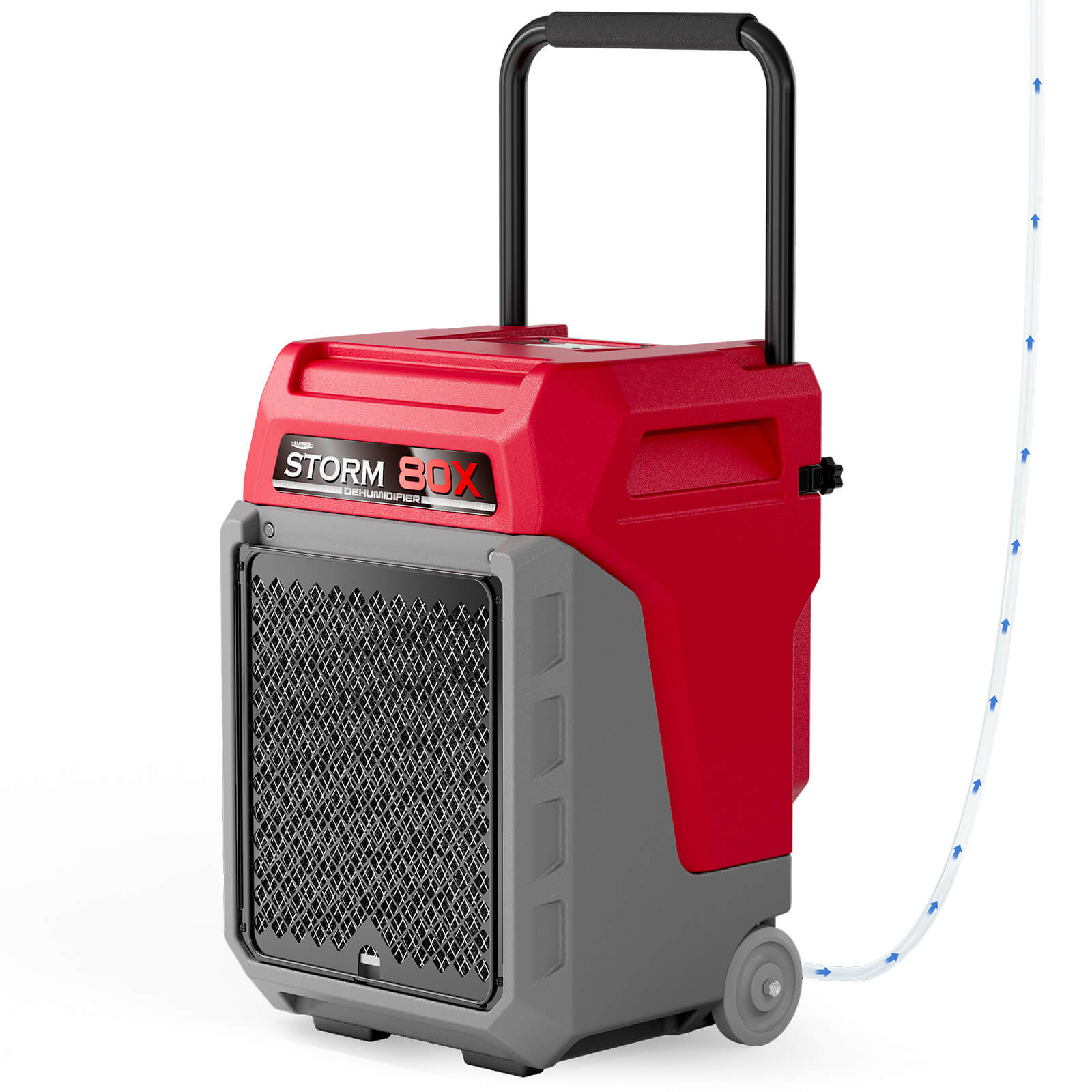


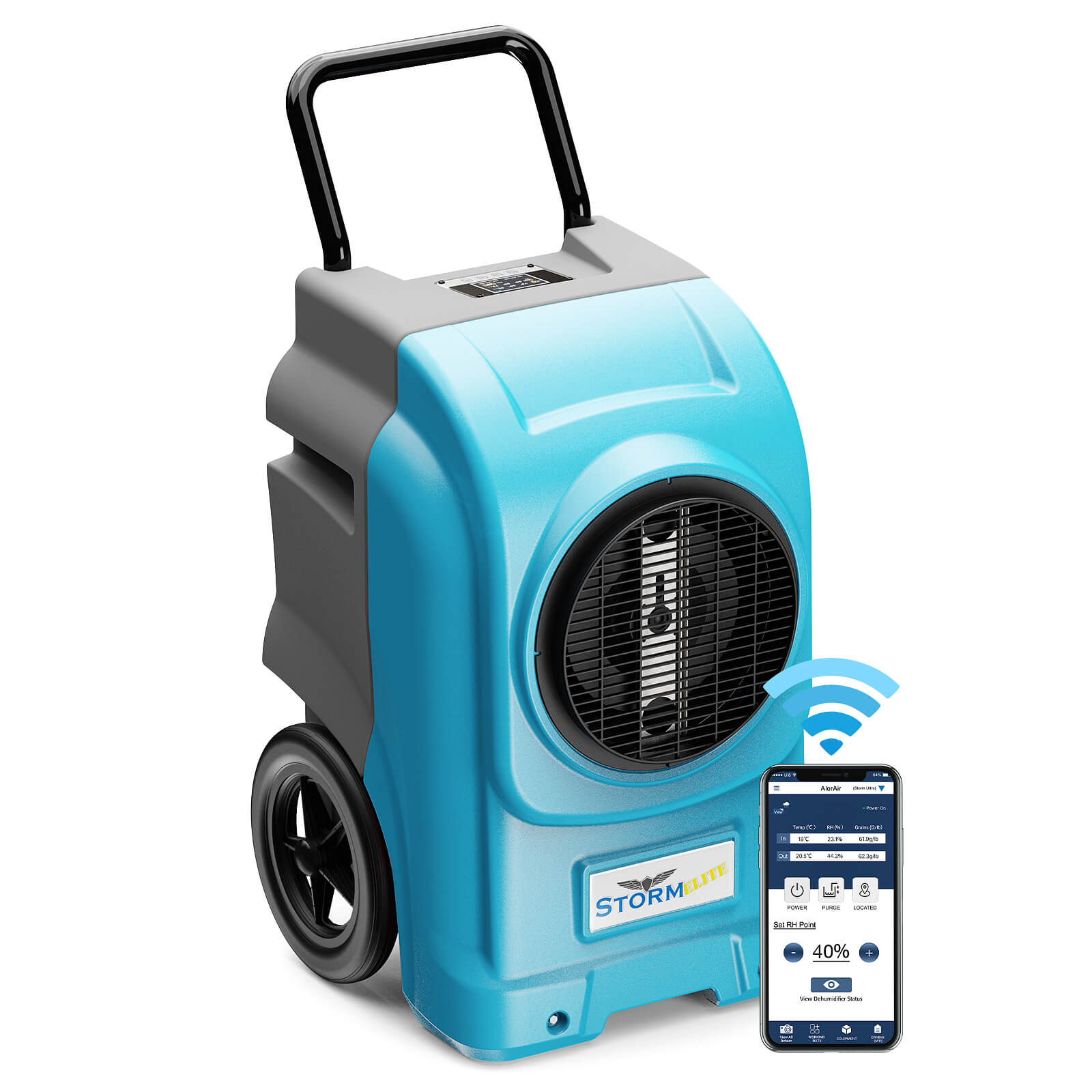

.jpg)
.jpg)

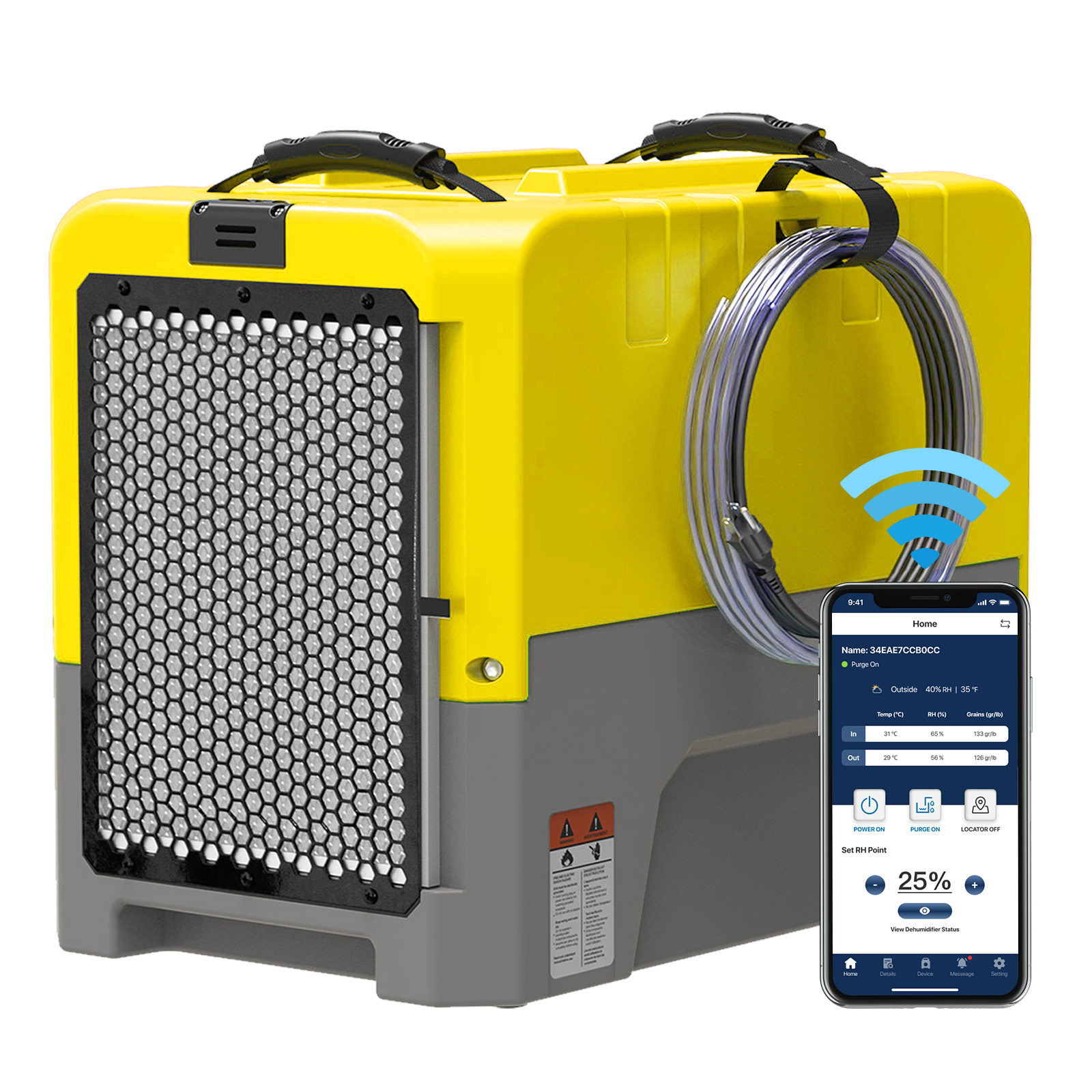








.jpg)
.jpg)








.jpg)
.jpg)










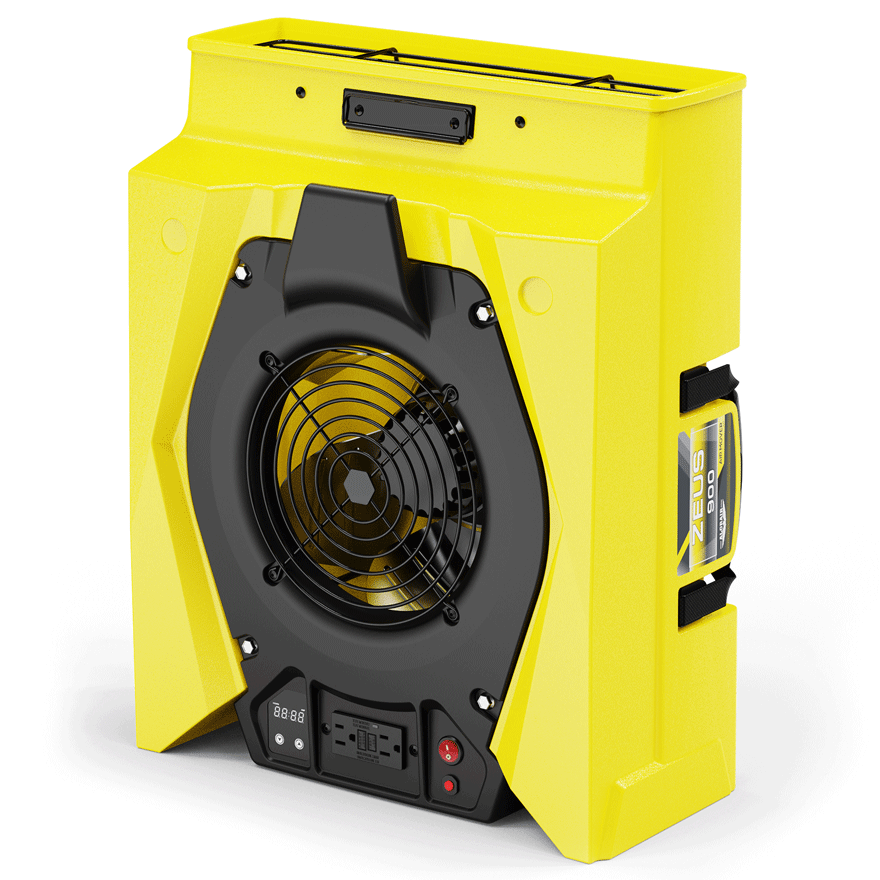
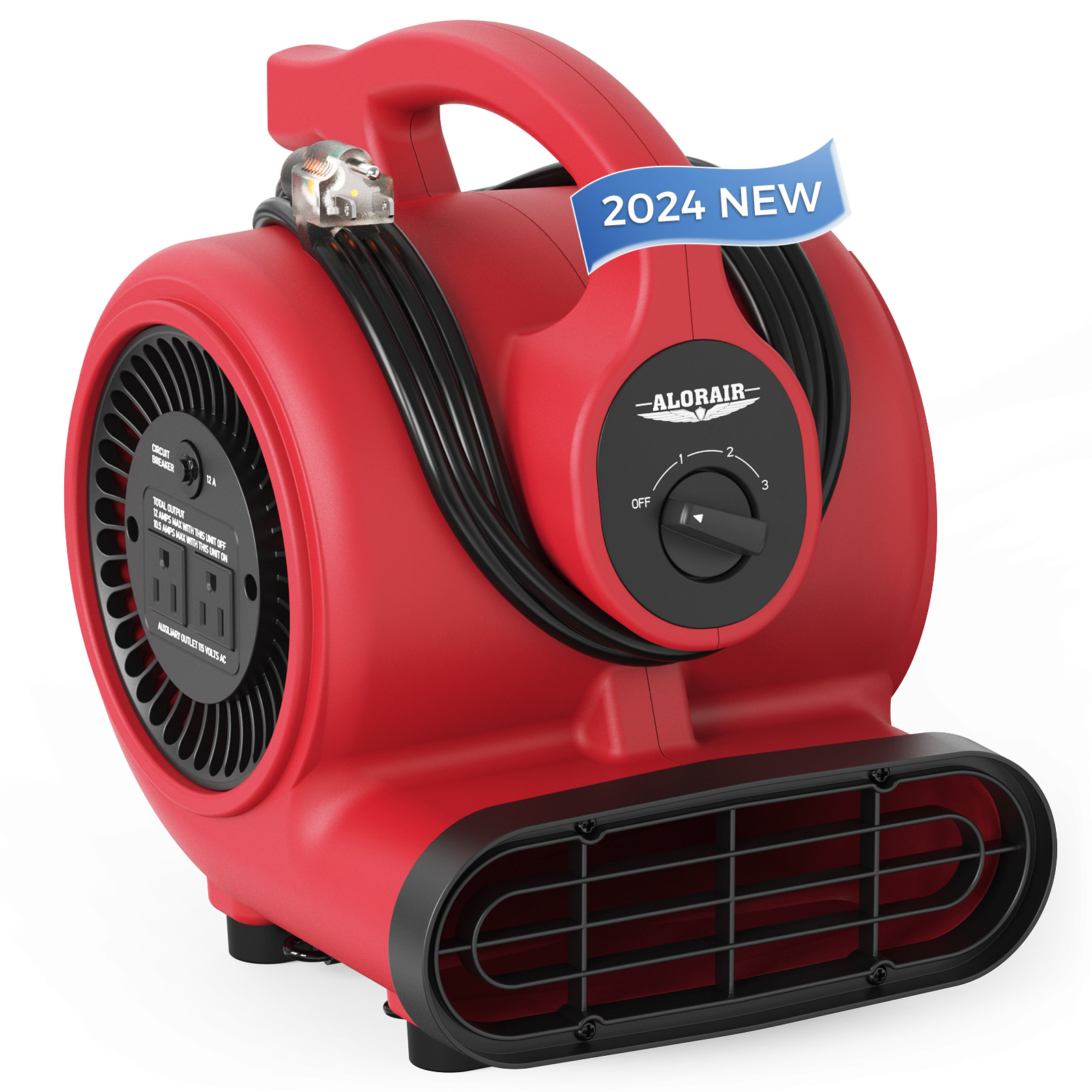
.jpg)
.jpg)
.jpg)
.jpg)
.jpg)
.jpg)
.jpg)
.jpg)
.jpg)
.jpg)
.jpg)
.jpg)
.jpg)
.jpg)





.jpg)
.jpg)
















-.jpg)
.jpg)

.jpg)
.jpg)



























 Exclusive offers
promotions
Exclusive offers
promotions

